
The South American continent is unquestionably a destination that will make you fall in love with life. The Latino way of life with food, music and dance, is addictive. The landscapes are overwhelming and inspiring. It is hard to select just nine of the best destinations. In addition to the popular destinations, many less-visited destinations and experiences are waiting to be enjoyed by the intrepid traveller. South America, you are awesome!
1. Patagonia – ARGENTINA
Patagonia is a sparsely populated region at the southern end of Argentina comprising the southern section of the Andes mountains and the deserts, pampas and grasslands to the east. Most visitors are blown away by the jagged mountaintops, glaciers and wildlife.
One of the best areas to experience wildlife is Peninsula Valdés. The peninsula is known for its large breeding populations of southern right whales, southern elephant seals, southern sea lions and thousands of nesting penguins. Patagonia has hundreds of glaciers. Among the most impressive are the Perito Moreno and Upsala glaciers. Landscape photographers will be in heaven!

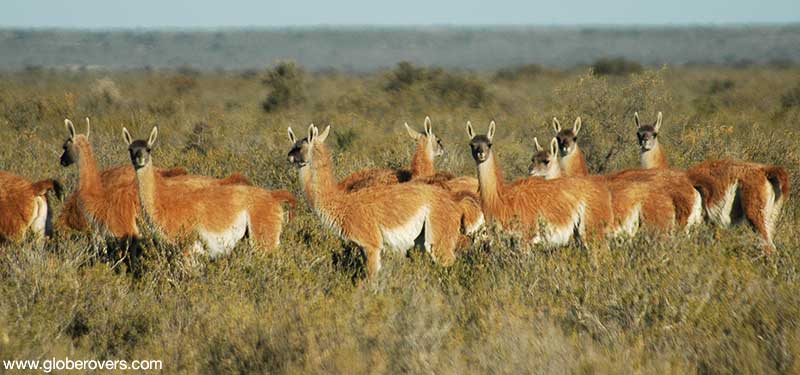
☛ Read more: In Awe at the Patagonia Glaciers
2. Galapagos Islands – ECUADOR
Named after the shells of saddlebacked Galápagos tortoises, the Galapagos Islands are an archipelago of volcanic islands distributed around the equator, almost 1,000 km (621 mi) west of continental Ecuador. The islands are famed for their endemic species studied by Charles Darwin which supported his theory of evolution by natural selection back in the 1830s.
A four-hour flight from Quito, the Ecuadorian capital, takes you right into the main island of Santa Cruz. The best way to experience these natural wonders is to board a live-aboard boat for a week or two. Boats sail at night between the many islands and offer daytime hiking and diving among land and sea creatures. The most amazing experience on the Galapagos Islands is that the animals have little fear of humans. A must visit in South America.

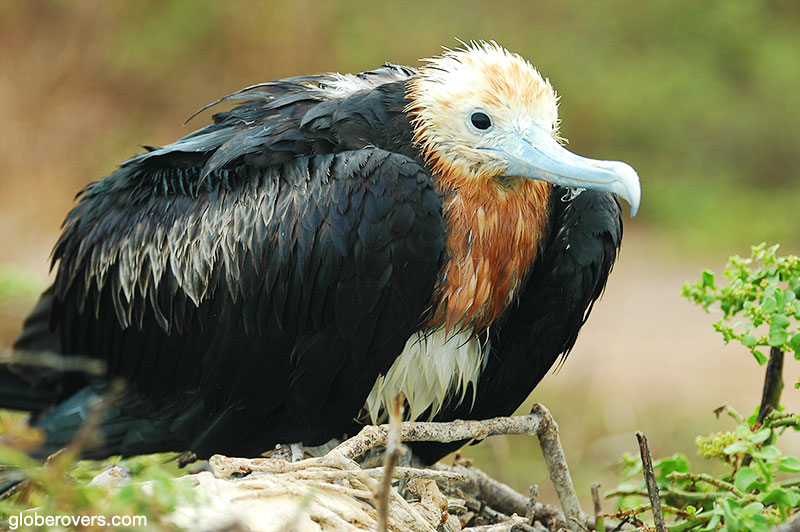
☛ Read more: Natural Wonders of the Galapagos Islands
3. Salar de Uyuni – BOLIVIA
In the remote southwest corner of Bolivia lies the world’s largest salt flats, surrounded by a rugged area known for its natural scenery and wildlife, including flamingos, llamas, guanacos and vicuña.
Salar de Uyuni, the salt flats, has a surface area of more than 10,500 square kilometres (4,054 sq mi). While in the dry season the salt lake is nothing but a massive dry salt flat, during the rainy season it transforms into a vast shallow water-filled lake with beautiful mirror reflections. Located at an altitude of 3,656 m (12,000 ft) above sea level, this region is remote, unique, and inhospitable. The area is known for its scenery with dormant volcanoes, snow-capped mountain peaks, turquoise lakes, weird rock formations, deserts, natural thermal baths, and volcanic active areas complete with fierce fumaroles and boiling mud pots.

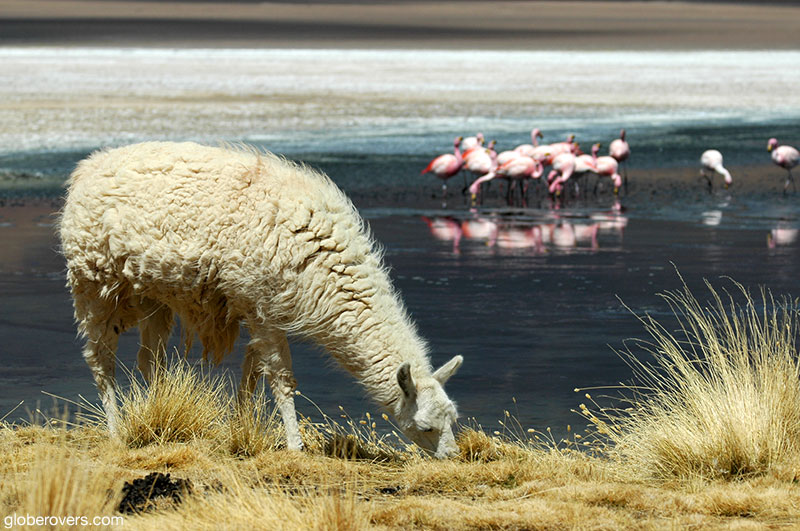
☛ Read more: 9 Sights not to miss in southern Bolivia
4. Machu Picchu – PERU
This 15th century Inca citadel is located on a mountain ridge 2,430 m (7,972 ft) above sea level in the mountains of south-central Peru. Constructed as the royal estate for the Inca emperor Pachacuti (1438–1472), it was abandoned by its inhabitants about a century later.
The Spanish invaders never knew about it and so it remained unknown to the outside world until the famous discovery by the American academic, explorer and politician, Hiram Bingham III, in 1911. The authentic way to reach the old city is a 3-day trek via the original Inca trail.
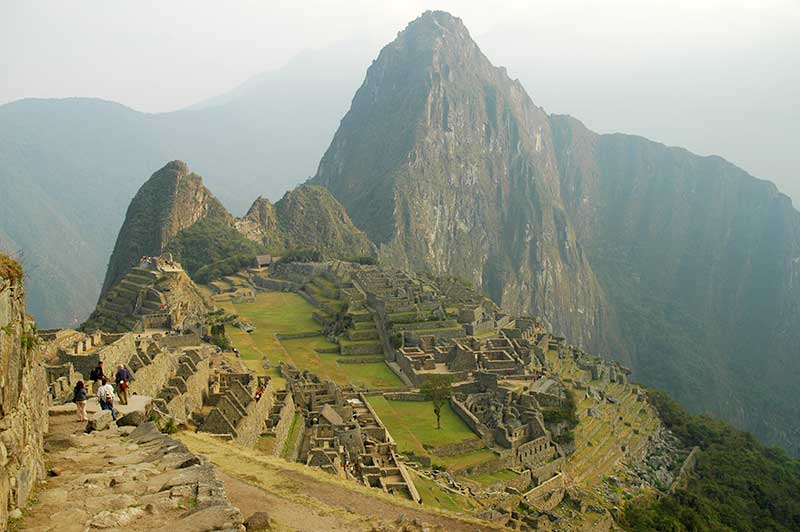
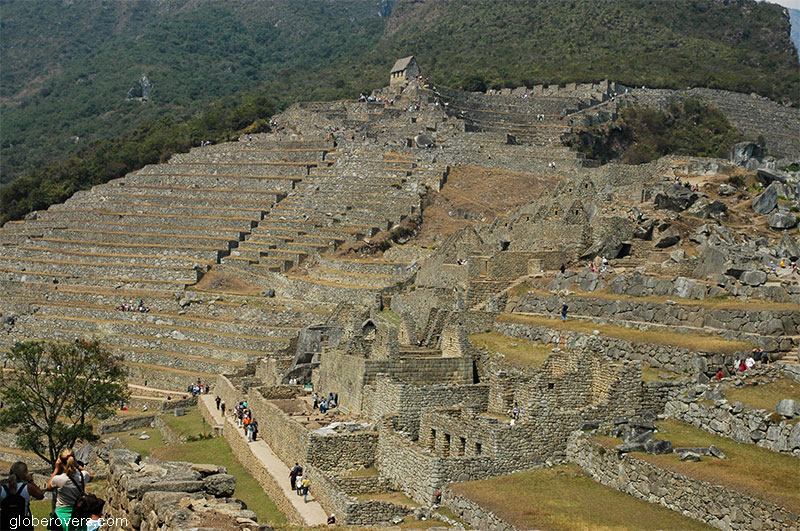
☛ Read more: Peru’s Sacred Valley of the Incas
5. Beaches & Islands – BRAZIL
The coastline of Brazil measures 7,491 km (4,655 mi), which makes it the 16th longest national coastline of the world. The long coastline is dotted with many beautiful beaches, and in addition to Brazil’s many idyllic islands, it will take a lifetime to visit all the beaches and islands of Brazil.
Leave the famous, crowded, crime-ridden beaches of Copacabana and Ipanema and head either north or south of Rio to the many unspoiled beaches and islands. Too many to mention here!
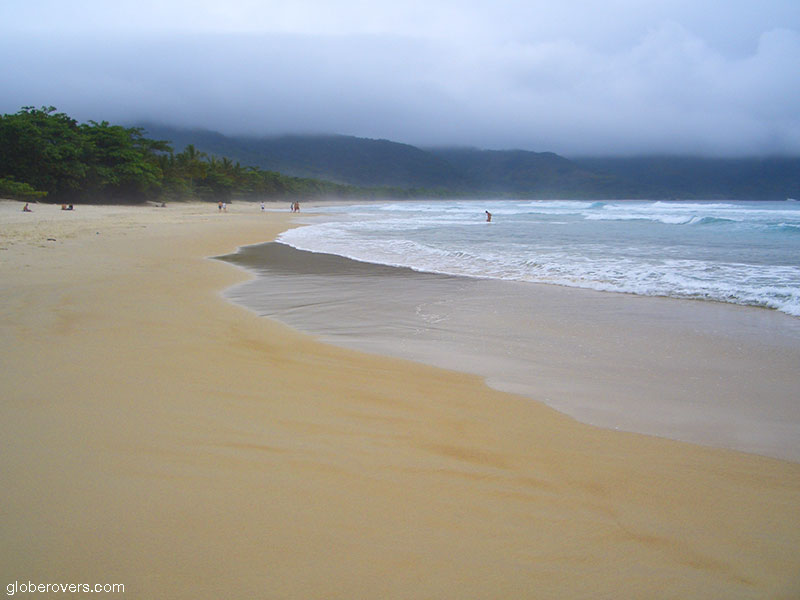
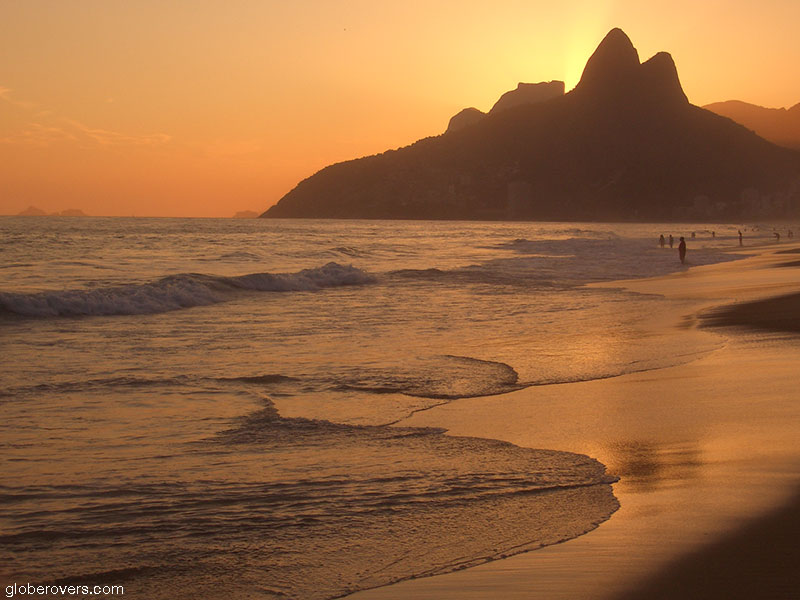
6. Iguazú Falls – BRAZIL/ARGENTINA
The spectacular Iguazú Falls lie on the tri-junction of Argentina, Brazil and Paraguay. While most of the river flows through Brazil, the largest section (about 80%) of the falls is on the Argentinian side.
While it is easy to watch the plunging waters all day long from several vantage points, there are a lot more things to do at Iguazú Falls than simply to marvel at their beauty. Take the boat into the Devil’s Throat close to the thunderous falls and get very wet. On the Brazilian side is an impressive bird park with dense jungle.
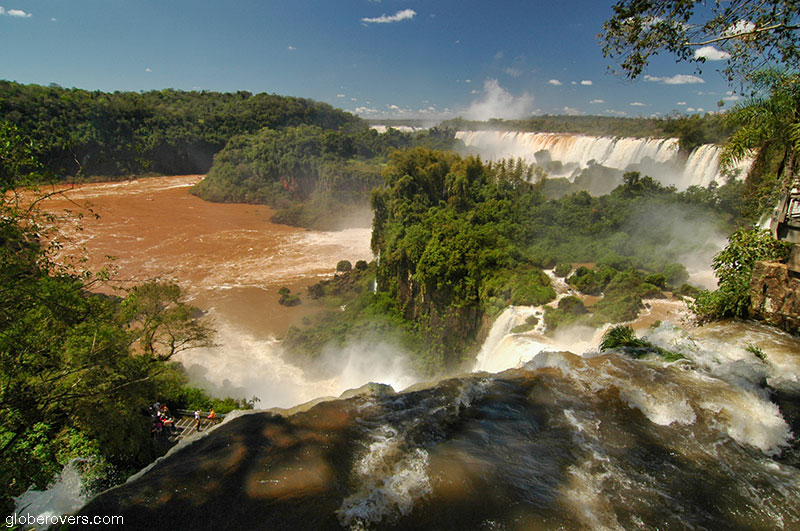
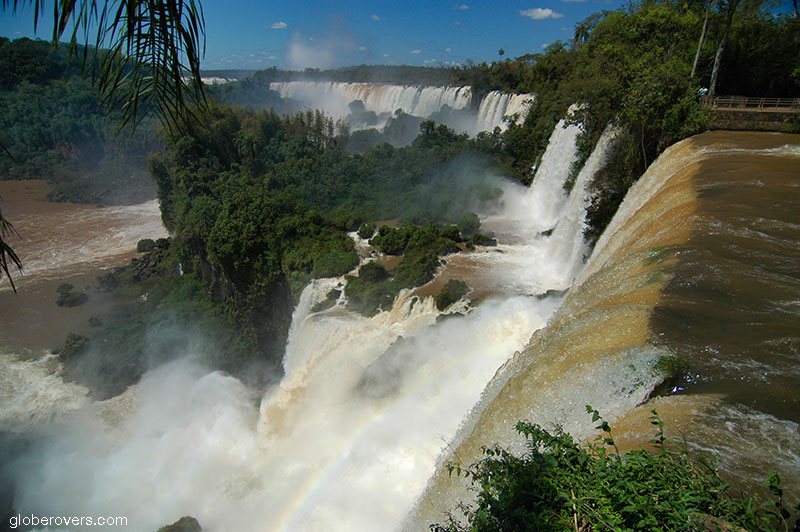
7. Tayrona Park – COLOMBIA
Tayrona National Park in northern Colombia is a protected area covering the foothills of the Sierra Nevada de Santa Marta mountain range as they meet the tropical Caribbean coast. The park is known for its palm-shaded coves, coastal lagoons, rainforest and rich biodiversity.
Take along your hammock and sleep between the palm trees. Beaches are stunning, to say the least. Hike a tiny forest trail to get to the Pueblito ruins with its terraces and structures built by the Tayrona civilization who flourished in this area between 200 AD and 1600 AD.

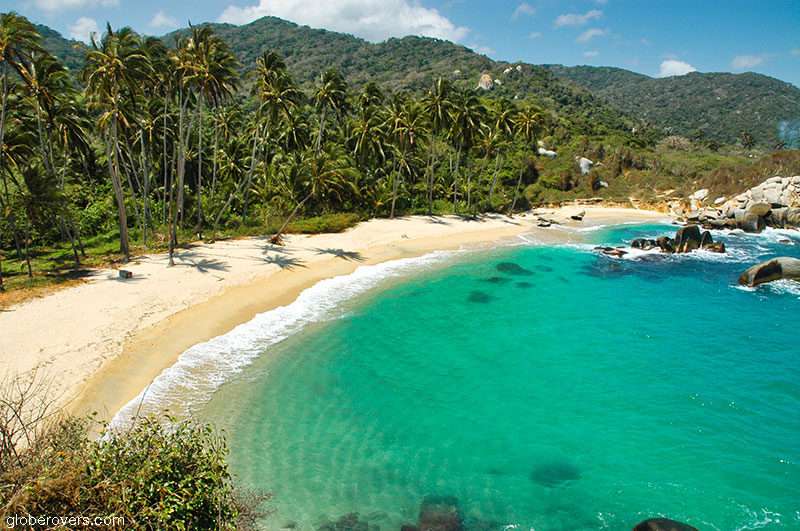
8. Atacama Desert – CHILE
Covering a 1,000 km (621 mi) strip of land on the Pacific Coast, west of the Andes mountains, the Atacama Desert takes the prize for being the world’s driest, as well as one of earth’s most surreal adventure destinations.
Among the desert’s many diverse terrestrial offerings are spurting geysers, wind-sculpted golden dunes perfect for surfing, salt lagoons, and cliffs of colourfully striped strata known as Rainbow Valley. It is rich in fauna and flora and is undeniably a photographer’s wonderland.
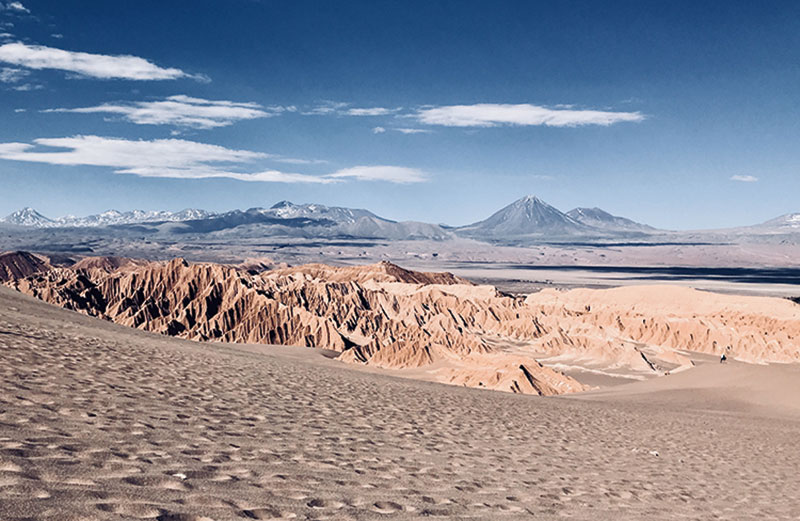
9. Vintage Cars – URUGUAY
During the 1940s and 50s the people of Uruguay became prosperous due to their exports of wool and beef, and with much disposable income, they imported many cars from Europe and the United States. However, a lengthy economic downturn brought their fortunes to a halt by the late 50s, and since then they have been forced to keep, and maintain, whatever vehicles they had.
After many years the Uruguayans realized that they prefer old sturdy cars! All over Uruguay, you will see Ford, Chevy, Plymouth, Studebaker, Opel,
Austin, DKW, Fiat, and even horse carts!


☛ Read more: Vintage cars of Uruguay



Blog post and photos by Peter who has been travelling almost full-time since 2005 and has been to over 122 countries. He visited several countries, such as Japan, more than 20 times. Peter is Editor-in-Chief and Publisher of GlobeRovers Magazine, an independent travel magazine focused on intrepid destinations.
